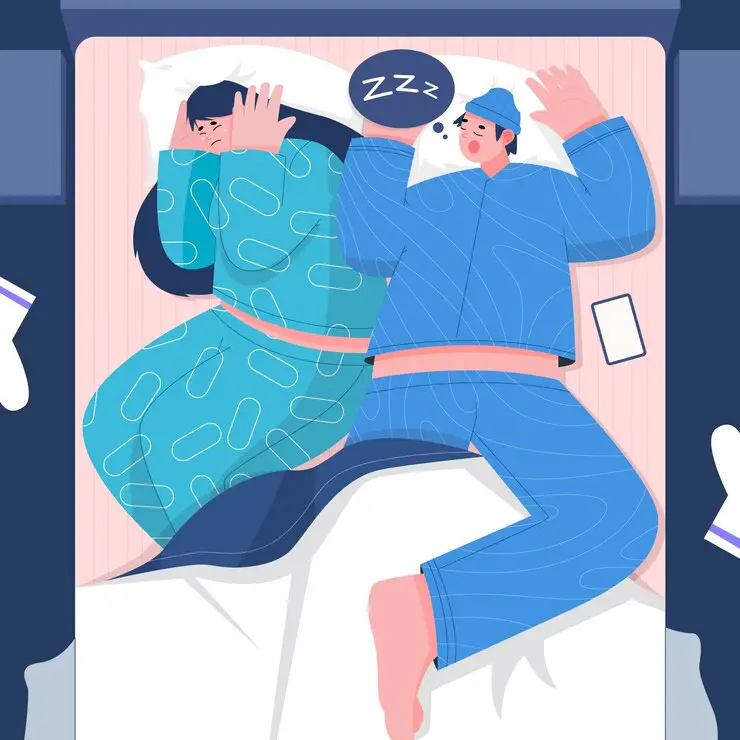Home Sleep Apnea Test (HSATs) have emerged as a convenient and cost-effective alternative to traditional in-lab polysomnography (PSG) for diagnosing sleep apnea. These portable devices allow individuals to undergo sleep studies in the comfort of their own homes, providing valuable insights into their sleep patterns and potential sleep disorders. In this comprehensive guide, we will delve into everything you need to know about home sleep apnea tests, including how they work, their accuracy, advantages, limitations, and when to consider seeking further evaluation.
Understanding Sleep Apnea
Sleep apnea is a common sleep disorder characterized by pauses in breathing or shallow breaths during sleep. There are two primary types of sleep apnea: obstructive sleep apnea (OSA), caused by a blockage of the airway, and central sleep apnea (CSA), resulting from a lack of respiratory effort. Both types can lead to fragmented sleep, daytime fatigue, and other health complications if left untreated.
How Home Sleep Apnea Tests Work
Home sleep apnea tests typically consist of portable monitoring devices that measure various parameters during sleep, including airflow, respiratory effort, oxygen saturation, and heart rate. These devices are equipped with sensors and recording capabilities to collect data throughout the night. Users wear the device while sleeping, and the recorded data is then analyzed by healthcare professionals to assess for the presence and severity of sleep apnea.
Key Features of Home Sleep Apnea Tests
1. Portability: HSAT devices are compact and lightweight, allowing users to undergo sleep studies in the comfort of their own beds without the need for overnight stays in a sleep lab.
2. Convenience: Home sleep apnea tests offer greater convenience and flexibility compared to in-lab studies, as users can follow their usual bedtime routines and sleep environment.
3. Cost-effectiveness: HSATs are often more affordable than in-lab polysomnography, making them a more accessible option for individuals seeking sleep apnea diagnosis.
4. User-friendly: Many home sleep apnea tests are designed to be user-friendly, with simple setup procedures and clear instructions for wearing the device during sleep.
Advantages of Home Sleep Apnea Tests
1. Convenience: Home sleep apnea tests allow individuals to undergo sleep studies without disrupting their daily routines or requiring overnight stays in a sleep lab.
2. Accessibility: HSATs are more accessible to individuals living in remote areas or those who may have difficulty accessing specialized sleep centers.
3. Cost-effectiveness: Home sleep apnea tests are often more affordable than in-lab polysomnography, making them a viable option for individuals with limited financial resources or insurance coverage.
4. Privacy: Some individuals may feel more comfortable undergoing sleep studies in the privacy of their own homes rather than in a clinical setting.
Conclusion
Home Sleep Apnea Test offers a convenient and cost-effective alternative to traditional in-lab polysomnography for diagnosing sleep apnea. While HSATs provide valuable insights into sleep patterns and potential sleep disorders, they may not capture all nuances of the disorder and can yield false negative results in some cases. It’s essential to consider the advantages, limitations, and accuracy of home sleep apnea tests when deciding whether they are the right option for you. If you have concerns about sleep apnea or your test results, consult with a sleep specialist for further evaluation and personalized treatment recommendations.





